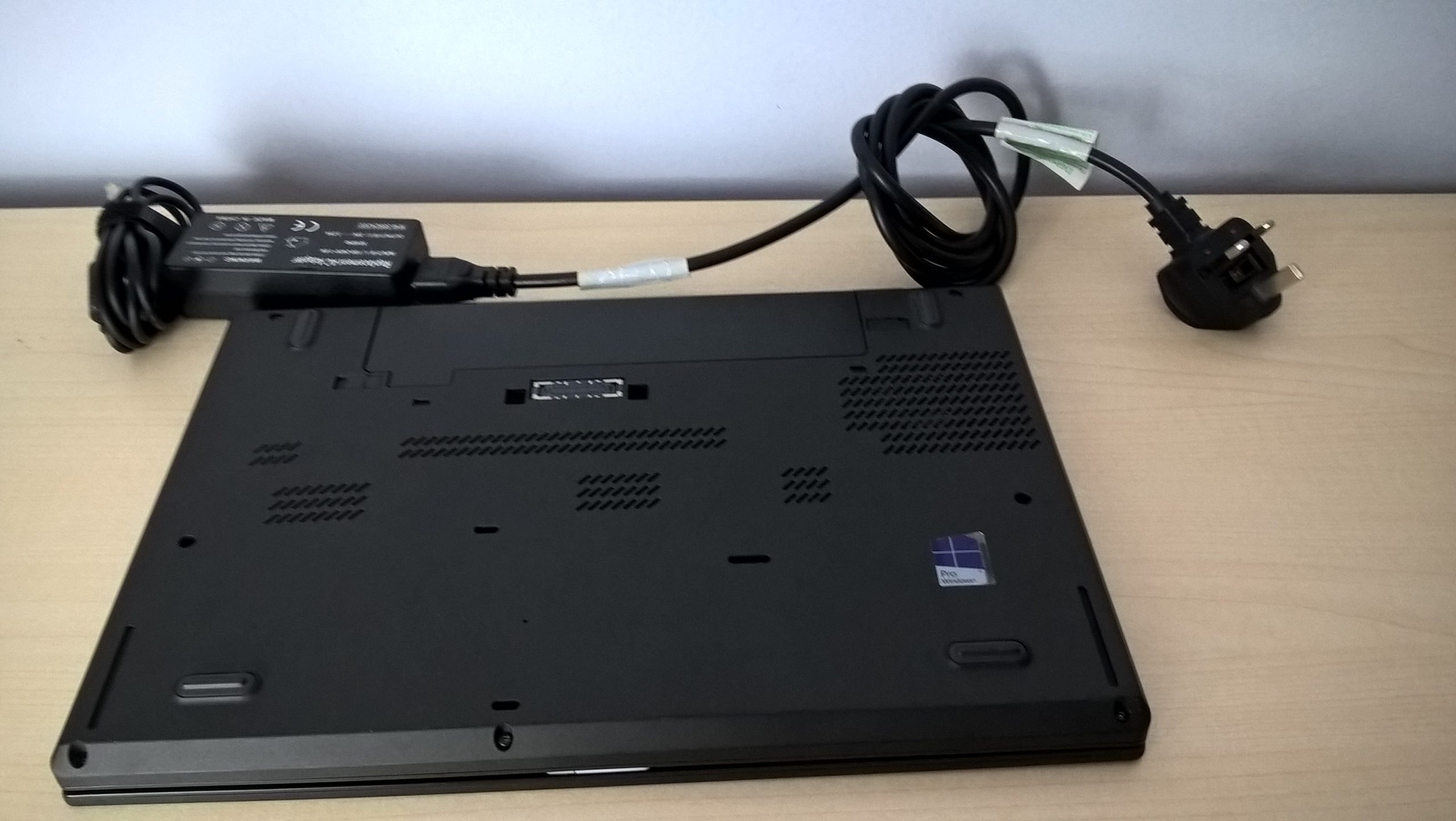Navigating the Threat of Trojan:Win32/Phonzy.C!ml: What You Should Do
Recently, I encountered a concerning issue on my PC when I discovered a file identified as ‘Trojan:Win32/Phonzy.C!ml’ detected by Windows Security. This prompted me to take immediate action, leading to some confusion and further inquiries about the best approach to handle the situation.
Upon discovering the file, I attempted to remove it through the Windows virus and threat protection interface. However, just as I was about to take action, the entry disappeared from the list. Now, I’m faced with a notification stating “Remediation incomplete” alongside “Status: Failed.” This situation has raised questions for me, particularly regarding the ongoing risk it may pose and the steps I should take next.
To address this issue effectively, I have initiated a complete system scan using Windows security tools to determine if there are any additional threats lurking within my files. It’s essential to stay vigilant and ensure that your system is free from potential malware.
If you find yourself in a similar predicament with a detected threat like Trojan:Win32/Phonzy.C!ml, here are a few steps you can follow to mitigate the risk:
-
Run a Full System Scan: Use your antivirus program to conduct a thorough scan. This will help in identifying any other malicious files and provide you with detailed information on any additional threats.
-
Update Your Antivirus Software: Ensure that your antivirus Software is up to date. This is vital as an updated program will have the latest definitions and detection capabilities to handle emerging threats.
-
Quarantine or Remove the Threat: If your antivirus detects the Trojan again, follow the recommended actions—quarantine or delete the file to prevent further issues.
-
Check for System Changes: After dealing with a potential threat, it’s wise to monitor your system for any unusual behavior or changes that may indicate malware presence.
-
Consider Additional Scanning Tools: Sometimes, relying on Windows Security alone isn’t enough. Consider using a second opinion scanner, such as Malwarebytes or another reputable antivirus, to ensure your system is clean.
-
Backup Your Data: It’s prudent to back up important files regularly. Should you encounter further issues down the line, having a backup can save you from losing critical data.
-
Stay Informed: Keep yourself updated on the latest malware threats and preventive measures so you can act
Share this content:



